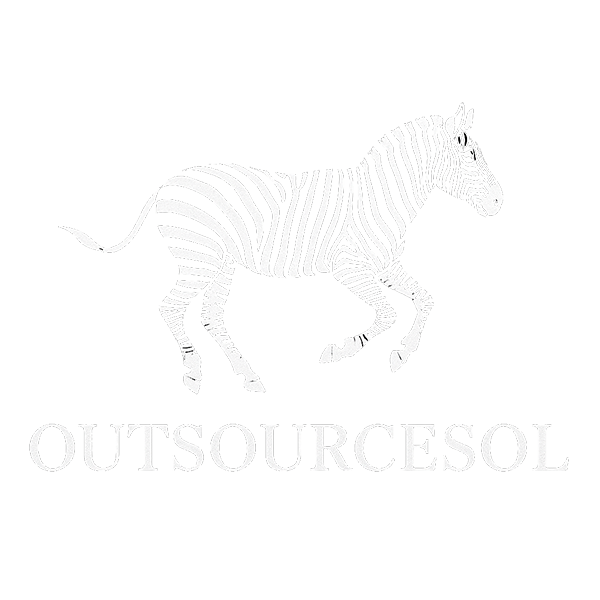Introduction: Understanding the Appeal of African Taxidermy Mounts
African taxidermy mounts captivate collectors, interior designers, and wildlife enthusiasts alike due to their unique ability to combine natural beauty with cultural significance. These preserved specimens showcase the elegance and diversity of Africa’s fauna, offering a tangible connection to its iconic wildlife. The intricate craftsmanship required to create lifelike mounts ensures that each piece serves as both an artwork and a tribute to the animal’s natural form. Their versatility enhances spaces, whether used for rustic decor or as conversation pieces in modern interiors. Moreover, these mounts often evoke a sense of adventure and exploration, resonating deeply with those who appreciate the wild.
Researching the Origins: Identifying Ethical and Authentic Sources
Selecting authentic African taxidermy mounts requires careful research to ensure ethical and legitimate sourcing. Buyers should investigate whether the supplier adheres to ethical practices and complies with international conservation laws, such as the Convention on International Trade in Endangered Species (CITES). Reliable sources often provide documentation verifying the legal and sustainable acquisition of specimens.
It is vital to avoid products linked to poaching or illegal trade, as such practices harm wildlife populations and ecosystems. Potential buyers can prioritize reputable artisans or suppliers who work within preservation guidelines and maintain transparency. Reviews, certifications, and supplier background checks offer critical insights.
Key Features to Look for in High-Quality African Taxidermy
When assessing African taxidermy mounts, several crucial features distinguish high-quality craftsmanship.
Materials and Construction
- Skin Condition: Properly preserved skins should exhibit natural tones and textures, free from cracking, fading, or abnormal discoloration.
- Mounting Structure: Robust structural integrity ensures long-term durability, with stable forms that mirror the animal’s natural posture.
Artistic Details
- Anatomical Accuracy: The mount should reflect precise proportions, capturing the animal’s unique features convincingly.
- Fine Detailing: High-quality mounts often include lifelike facial expressions, realistic eye placement, and carefully groomed fur.
Authenticity Factors
- Origin Documentation: Proper records verifying ethical sourcing enhance credibility.
- Species Representation: Authentic taxidermy respects the species’ true aesthetic and biological characteristics.
Understanding Regional Styles and Species Representation
When selecting authentic African taxidermy mounts, it is crucial to consider regional styles and species representation to ensure accurate cultural and ecological significance. Different regions of Africa showcase unique artistic techniques influenced by local traditions and wildlife. These styles often dictate how mounts are sculpted, textured, and positioned, reflecting the area's heritage.
Species representation further adds authenticity. Each animal is distinctive in its anatomy and posture, requiring mastery in anatomical replication. Specialists emphasize details like fur patterns, muscle structure, and lifelike expressions to capture realism. Recognizing these nuances helps identify quality craftsmanship while honoring the continent’s biodiversity and artistry.
Checking for Legal Compliance and Documentation
Ensuring legal compliance is a critical step when choosing African taxidermy mounts. Buyers must verify that the pieces adhere to international, national, and regional wildlife trade laws, such as the Convention on International Trade in Endangered Species of Wild Fauna and Flora (CITES). Authentic mounts should come with proper documentation, including export permits, import permits, and provenance records.
Key aspects to check include:
- CITES Compliance: Verify that the species is not listed under restricted trade categories.
- Export and Import Permits: Confirm legal transportation of mounts across borders.
- Seller’s Credentials: Purchase only from licensed dealers or certified auction houses.
Clear documentation protects buyers from legal repercussions and supports ethical sourcing practices.
Caring for and Preserving Your African Taxidermy Mount
Proper care and preservation of African taxidermy mounts help maintain their beauty and longevity. Environmental factors should be monitored carefully.
- Climate control is essential: Keep mounts in a space with moderate temperature (60–75°F) and humidity (40–50%) to prevent cracking or mildew.
- Avoid direct sunlight: UV rays can fade colors and degrade materials over time. Position mounts away from windows or use UV-blocking films.
- Regular dusting: Use a soft brush or compressed air to gently clean surfaces, ensuring detailed areas are free of debris.
- Inspect for pests: Check for signs of insects like moths or beetles, and employ preventive measures, such as natural repellents or pest control treatments.
Professional restoration services may be needed for damages, ensuring mounts retain their aesthetic and structural integrity.
Conclusion: Making an Informed and Ethical Purchase
Authenticity and ethical sourcing are pivotal in selecting African taxidermy mounts. Buyers should prioritize transparent dealers who provide verifiable origins and adhere to international wildlife conservation laws, such as CITES regulations. Evaluating the craftsmanship and ensuring proper representation of native African species is vital. Buyers must also research the reputation of the seller, considering reviews and certifications that confirm accountability. By emphasizing ethical practices, one contributes to the preservation of wildlife and cultural heritage. An informed buyer not only secures a genuine piece of art but also supports sustainability and respect for Africa’s rich biodiversity.
